Install AlmaLinux9.5 in 12 Easy Steps
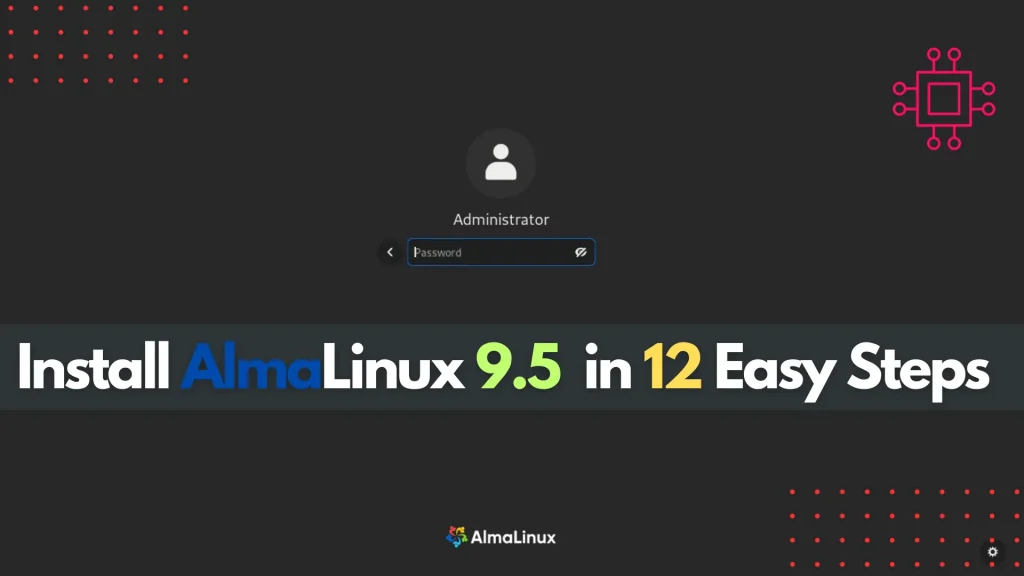
Learn how to install AlmaLinux 9.5 in 12 easy steps with this comprehensive guide. From downloading the ISO to configuring your system, follow our detailed instructions to get your AlmaLinux server or workstation up and running quickly and efficiently. Table of Contents Introduction AlmaLinux 9.5 is an enterprise-grade Linux distribution that is highly compatible with Red […]
Install and Use Sysbench on RHEL 9 | CentOS 9
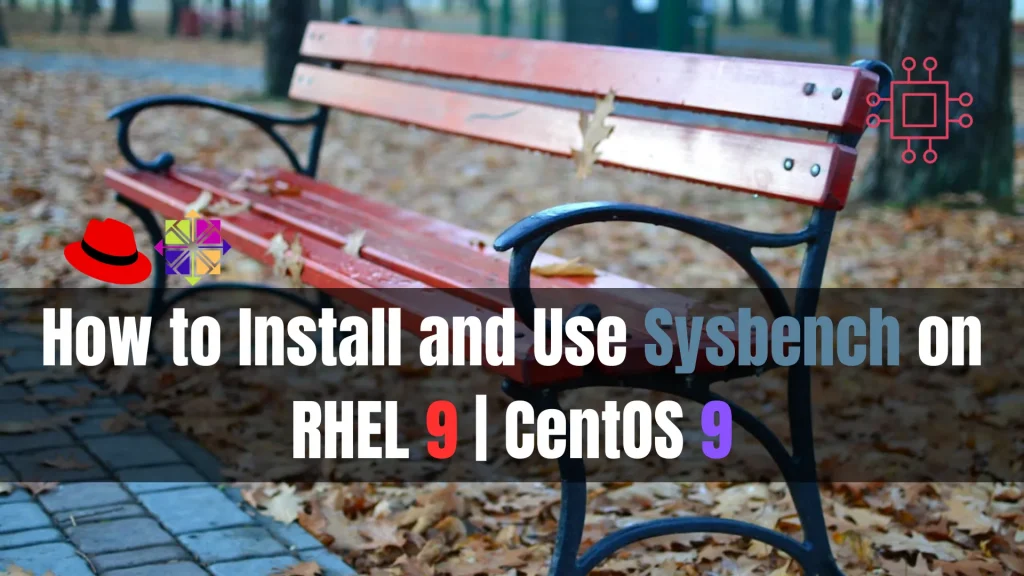
Learn how to install and use Sysbench on RHEL 9 and CentOS 9 to benchmark CPU, memory, disk, and database performance. Step-by-step instructions, CLI examples, and optimization tips included. Table of Contents Introduction Sysbench is a versatile, modular, and open-source benchmarking tool widely used to evaluate system performance in various environments. It can test CPU, […]
Setting up Multiple SSH Keys for Github Access
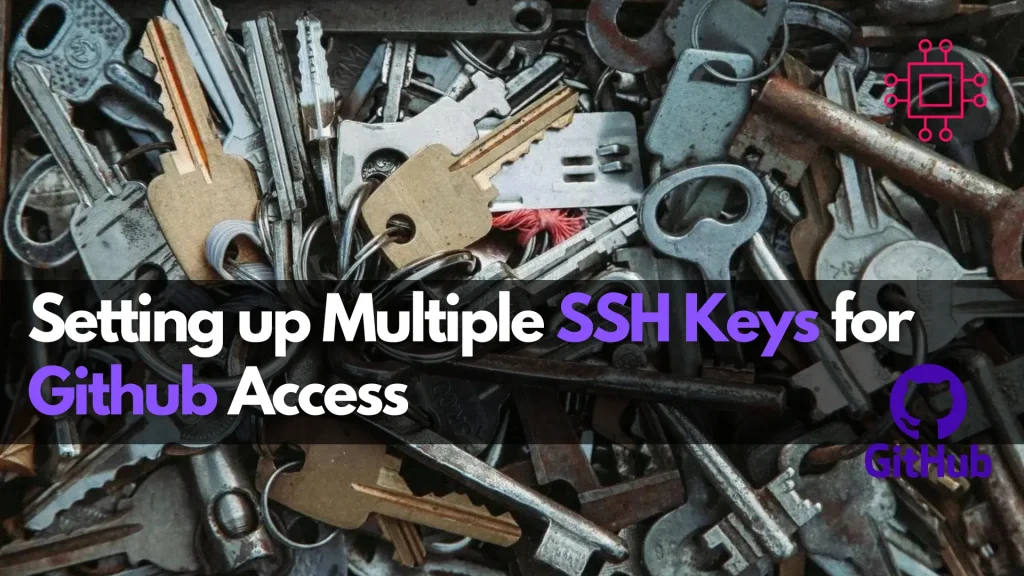
Learn how to set up and manage multiple SSH keys for GitHub access. Follow this step-by-step guide to seamlessly handle multiple GitHub accounts with secure and organized SSH configurations. Table of Contents Introduction Managing multiple SSH keys for different GitHub accounts can be a bit tricky, but it’s a common requirement for developers who work […]
Install Google Chrome Remote Desktop on Ubuntu 24.04: A Step-by-Step Guide
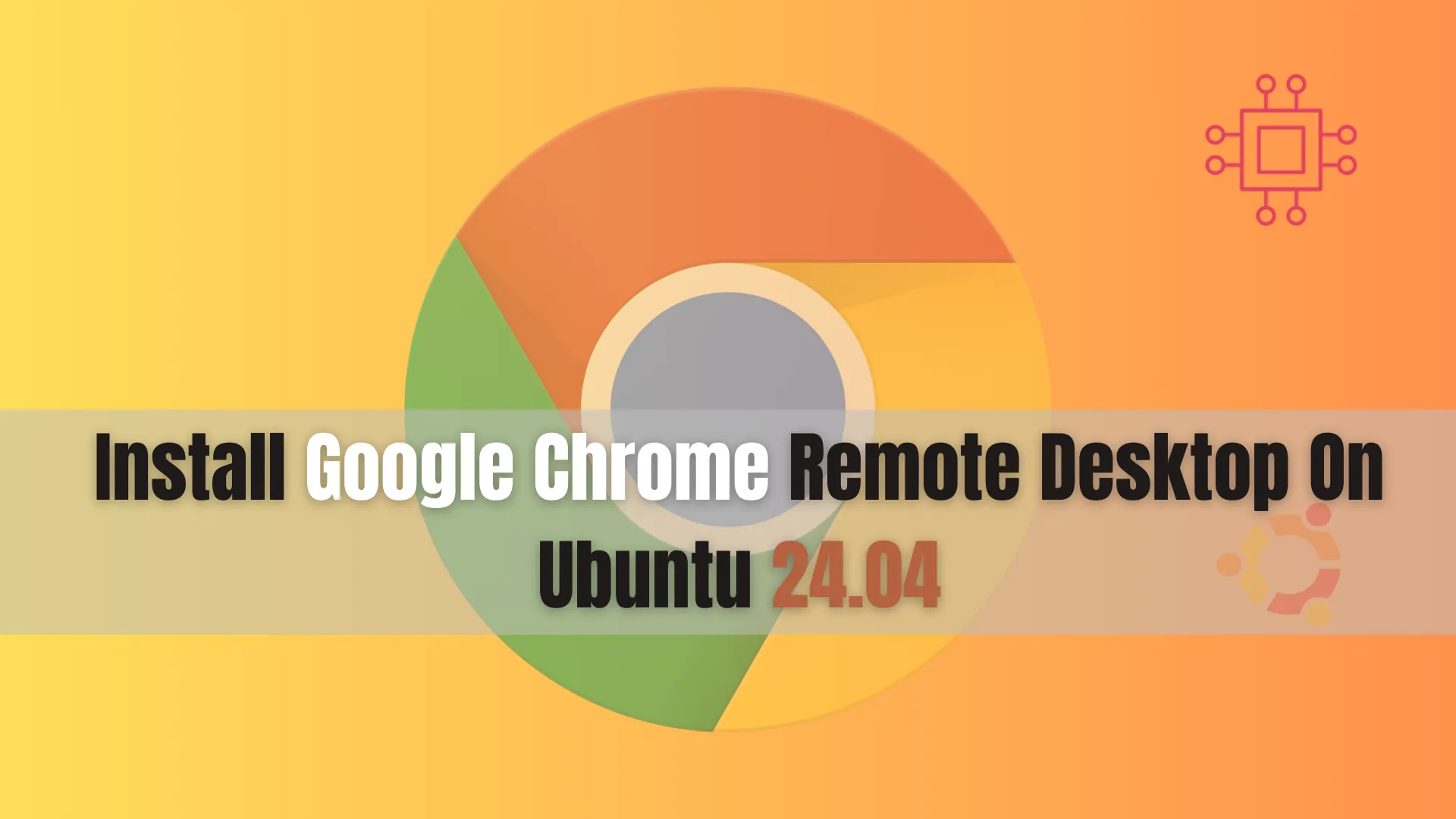
Learn how to install and configure Google Chrome Remote Desktop on Ubuntu 24.04 with this comprehensive step-by-step guide. Ensure secure and efficient remote access to your Ubuntu system from anywhere. Follow our detailed instructions and troubleshooting tips to get started. Table of Contents Introduction Remote desktop applications have revolutionized how we access and control computers […]
Generate Letsencrypt Wildcard Certificates with Certbot: A Comprehensive Guide

In this guide, we’ll delve into how to generate Letsencrypt wildcard certificates using Certbot, ensuring secure connections for your main domain and all its subdomains. Table of Contents Introduction In today’s digital landscape, securing your website with SSL/TLS encryption is paramount. Not only does it protect sensitive data transmitted between your website and its visitors, […]
Install LibreOffice on Ubuntu 24.04
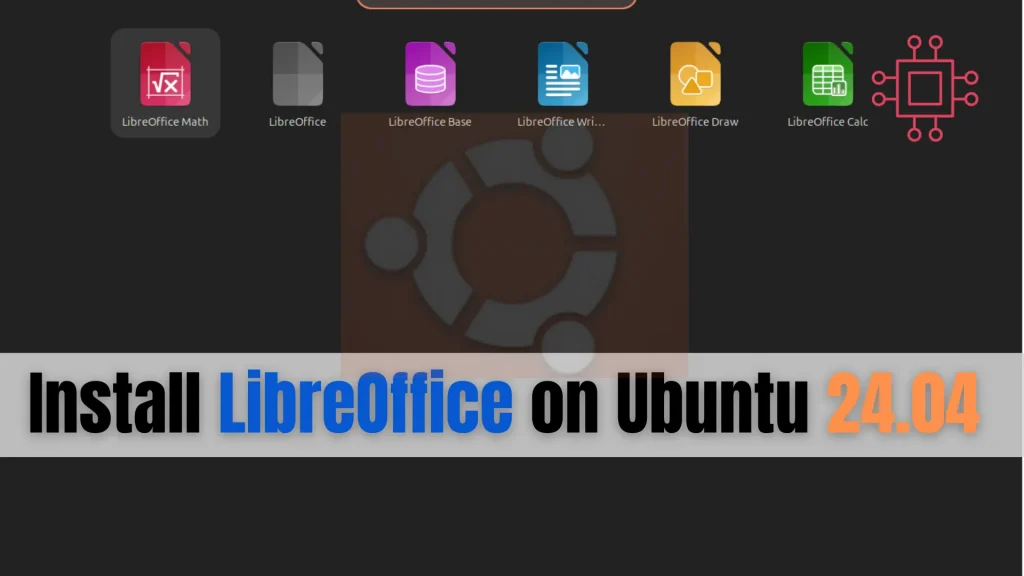
Learn how to install LibreOffice on Ubuntu 24.04 with step-by-step instructions for different methods, including APT, PPA, Snap, and Flatpak. Get the latest version or a stable release with ease! Table of Contents Introduction LibreOffice is one of the most popular free and open-source office suites that provide users with a powerful set of applications […]
Install Neovim on RHEL 9
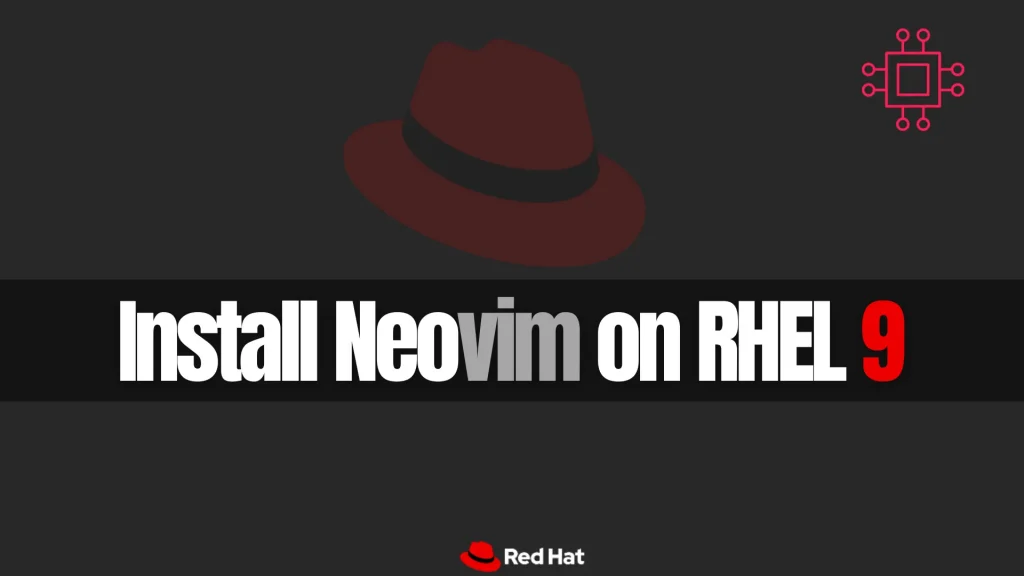
Learn how to install NeoVim on RHEL 9 with this step-by-step guide. Includes CLI examples, configuration tips, and plugin setup to enhance your editing experience on RHEL. Table of Contents Introduction Neovim is a powerful, extensible text editor that’s rapidly gaining traction among developers, system administrators, and power users. With features like better plugin management, […]
20 Essential curl Commands for Developers and Sysadmins
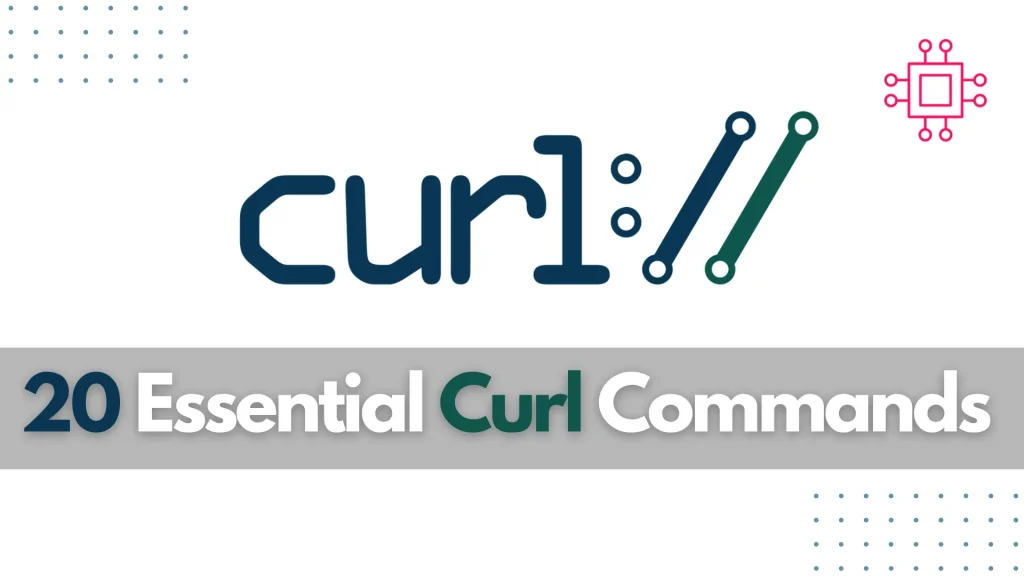
Explore 20 essential curl commands for developers and sysadmins. From GET requests to file uploads and HTTP headers, this guide covers practical examples to enhance your command-line skills. Table of Contents Introduction The curl command-line tool is an indispensable utility for developers, system administrators, and network engineers who regularly interact with web services and remote […]
Install Confluence on RHEL 9 | CentOS 9

Learn how to install Confluence on RHEL 9 or CentOS 9 with this detailed step-by-step guide. Includes prerequisites, database setup, CLI examples, and optional reverse proxy configuration. Table of Contents Introduction Confluence is a powerful collaboration tool developed by Atlassian, designed to help teams manage projects and share knowledge efficiently. Installing Confluence on RHEL 9 […]
Install RHEL 8.10 Workstation in 12 Easy Steps
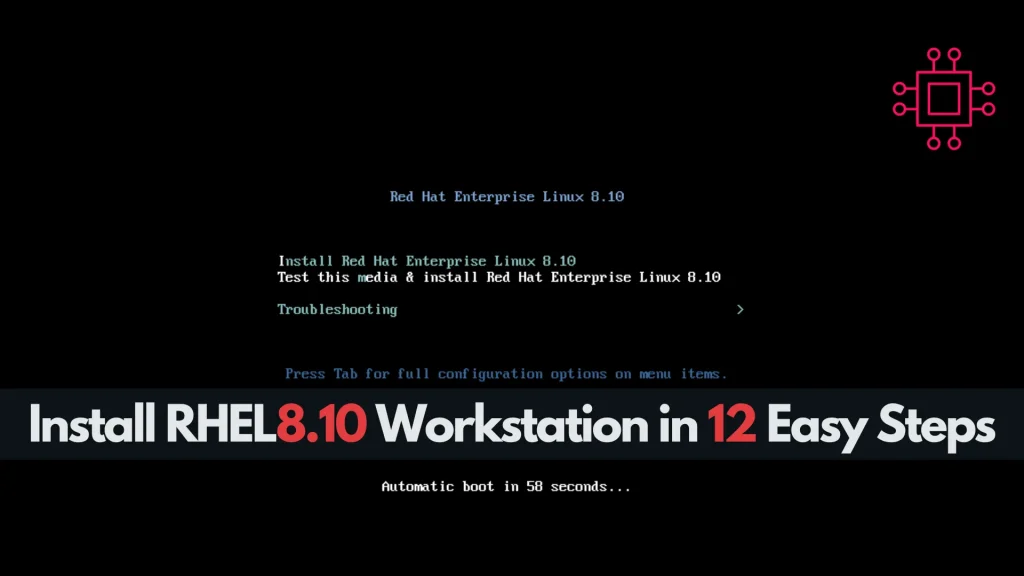
Learn how to install RHEL 8.10 Workstation in 12 easy steps. This detailed guide covers everything from preparing a bootable USB to post-installation setup, making it easy for anyone to set up a stable, secure Red Hat environment. Table of Contents Introduction Red Hat Enterprise Linux (RHEL) is a leading enterprise-grade Linux distribution known for […]
